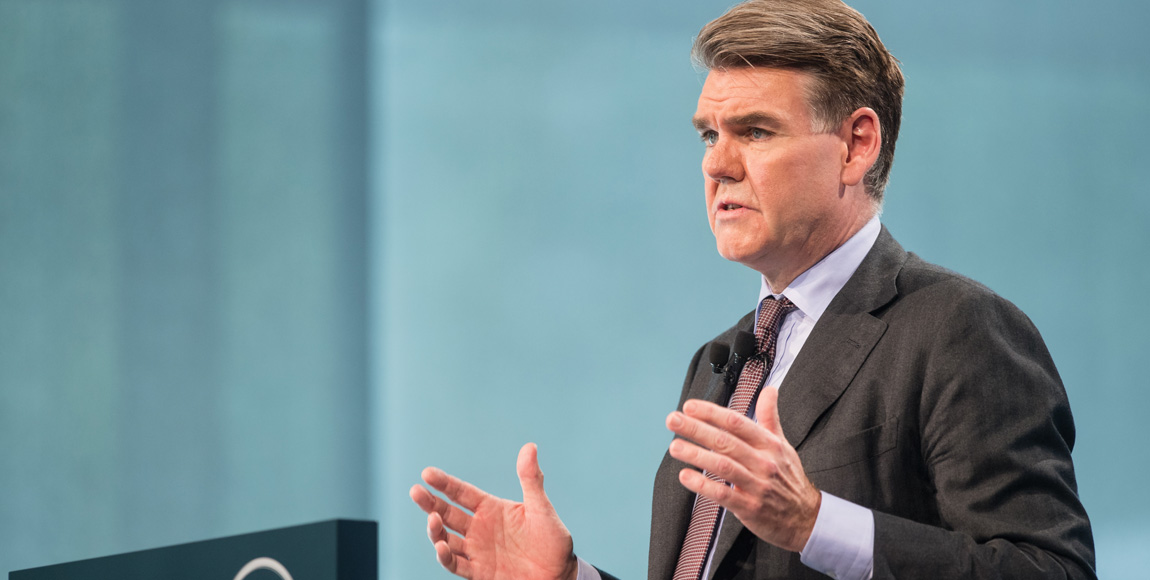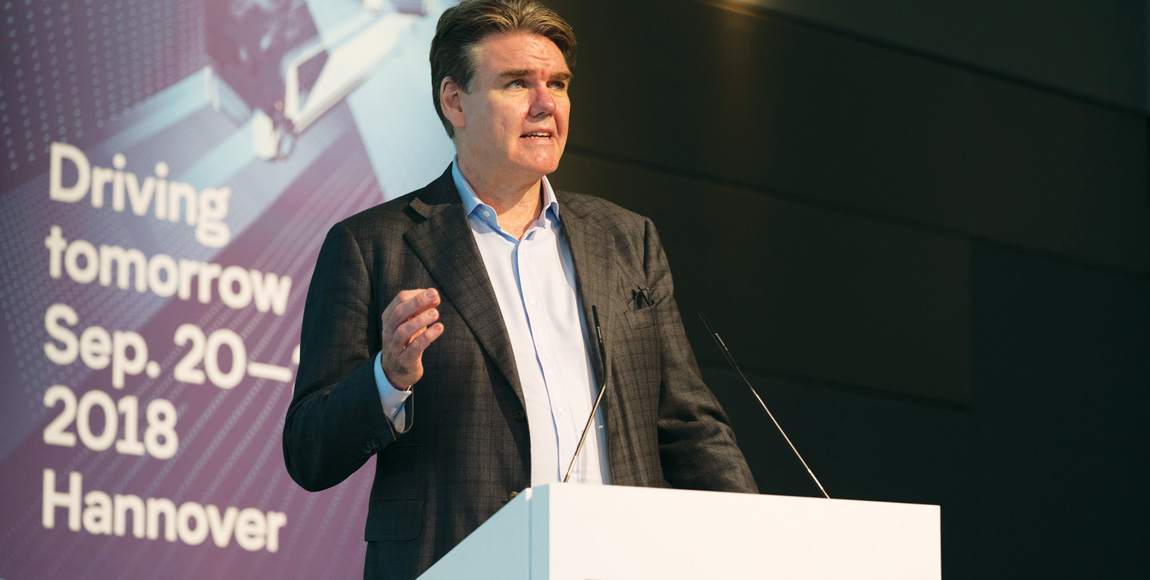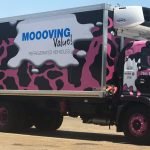Face to face with MAN’s Joachim Drees

This month, we go face to face with Joachim Drees, cEO of MAN Truck & Bus. CHARLEEN CLARKE reports
South Africa is officially in a recession. I am assuming that this is a huge concern to you?
It is always a concern to us when a country is facing issues that can affect our company. That’s certainly the case with South Africa, given the fact that we operate factories and sell our products there.
The market is not performing at the level at which it should be performing. What’s worrying us now is the volatile currency. This situation is not unique to South Africa; we’re experiencing the same in Turkey and Russia. However, when this happens, it hurts us and our dealers. This is certainly a big concern to us.
Having said that, we believe in South Africa – very much so. It is a very important market for us. We are hoping for stability in the future, and assume that the change in the presidency will help to achieve this.
Given the uncertainty in the country, could you close your plants?
Definitely not. South Africa has a lot of potential – for us and also for the people of your country. I believe we need to be there. I would like to see more stability, for sure.
With MAN’s withdrawal from India, we won’t be able to get the CLA from that country anymore. That’s quite a big loss to South Africa. Could we source budget trucks from China perhaps?
Ours is a premium brand, and we want to keep it that way. So we don’t want to sell budget trucks. It was always difficult for us to find a stretch from the CLA to the TGX. Now that we have a Chinese partner, Sinotruk, we will look at its product portfolio. Maybe we can find something there.
Speaking of Sinotruk, what is the strategy going forward? Back in 2009, MAN acquired 25 percent plus one share in Sinotruk for €560 million, but it seems little has happened since then.
Sinotruk is the third biggest truck company in China. The company is already using MAN technology in its trucks. We provided the technology about ten years ago, but this has been further developed by Sinotruk. It is very good at that and is now selling probably the most reliable Chinese truck.
We have now agreed to create a joint venture to manufacture heavy-duty trucks in China. We would like to localise our own truck in that market, which is, of course, the largest commercial vehicle market in the world. Accordingly, it’s very important for us to have a good foothold there. That’s why we’re expanding our partnership with Sinotruk.
Turning from budget trucks to the other end of the spectrum, namely electric trucks … you mentioned recently that your electric trucks would be market ready in 2022. Is the delay in launch because you are not ready, or because the customers don’t want electric trucks now, or is it a bit of both?
It’s not a delay. It’s part of our strategy. The delivery of our first nine eTGM trucks was slightly delayed because we were still doing testing. In terms of our e-truck strategy, nothing has changed.
We have a very clear strategy. We handed over those nine trucks to customers at the beginning of September. We will get feedback from them and learn from their experiences.
Once we have established that these trucks are working perfectly well, we can consider making a small series – say, 50 trucks or so – maybe by the end of next year, or the beginning of 2020. Series production is planned for 2022.
In 2020, we will start producing e-buses. In 2021, we could also see a small series production of the fully electric 15-t MAN CitE, which is designed to meet the requirements of urban delivery transport. It closes the gap between the eTGE – which celebrated its sales launch at IAA 2018 with the handover of the first four vehicles to Berlin transport companies – and the eTGM.
Our customers are not asking us for a fleet of electric trucks right now. They first want to test them and understand what an e-truck means for total cost of ownership (TCO), recharging, repairs … this is a journey.
If you suddenly discovered that the customers DID want to acquire fleets of electric trucks in, say, 2020, would you be able to change your strategy?
It would be difficult to do this. Battery availability is limited because the passenger-car manufacturers are requiring so many batteries. All the battery providers are in the process of building up their capacity. I am, of course, referring to the battery cells. We think our plan is fine and we are very happy with our current strategy.

When will electric trucks compare favourably to diesel when it comes to the TCO?
That depends on the application and the infrastructure. It also depends on how fast the battery-cell producers raise their capacity.
More production will equate to lower prices. For long-haul trucks, we could wait as long as 2026 or 2027, but, when it comes to city trucks, we should see the gap narrowing considerably by 2022. We could even see TCO parity then.
Of course, the purchase price will be higher, and so more capital will be required at the outset, but the operating costs will be so much lower.
Also on the subject of future technology, what are your thoughts on platooning and when will we see this technology used on the roads in Europe?
We are, of course, the first company to be testing this technology in real driving conditions. We have been studying how the drivers feel – especially the drivers in the following vehicle. Will they become sleepy, for instance? Then the regulations need to be changed.
Finally, we need to establish inter-brand communication. We are currently testing this with Scania; the trucks need to be able to talk to each other. A better level of mobile infrastructure is also very important when it comes to rolling out platooning. Driving around Germany, we often don’t have 3G or 4G; that’s not good enough. So, technically we are ready now, but it will take another two years or so for this technology to be rolled out.
We have been chatting a great deal about technology that is appropriate to First-World countries. I come from Africa, where that technology cannot be implemented right now. We won’t have electric trucks for some time – because we cannot afford them. However, we also need to do our bit to save the planet. What should Africa be doing from a transport perspective?
In Africa, in general there are lots of old vehicles on the roads and emission standards are very low. On the one hand, emission standards need to be increased, while on the other hand, the fleets need to be renewed.
Furthermore, companies need to ensure that drivers are well educated. With a small amount of money, drivers can be trained to be better and fuel savings can be achieved. Many of the big fleets in South Africa are, of course, already doing this. So, there are many things that can be done before moving to electrification.
Finally, you mentioned emission standards. South Africa is (regrettably) still on Euro 2, which I find a huge embarrassment. What do you think about this?
At some point, South Africa needs to move to higher Euro standards. It’s just a question of how fast. China has shown how fast this can be done. It does not have to be done tomorrow in South Africa, but the journey needs to start – and this needs to be on the agenda. A clear strategy and a long-term plan are needed.
Published by
Charleen Clarke
focusmagsa




